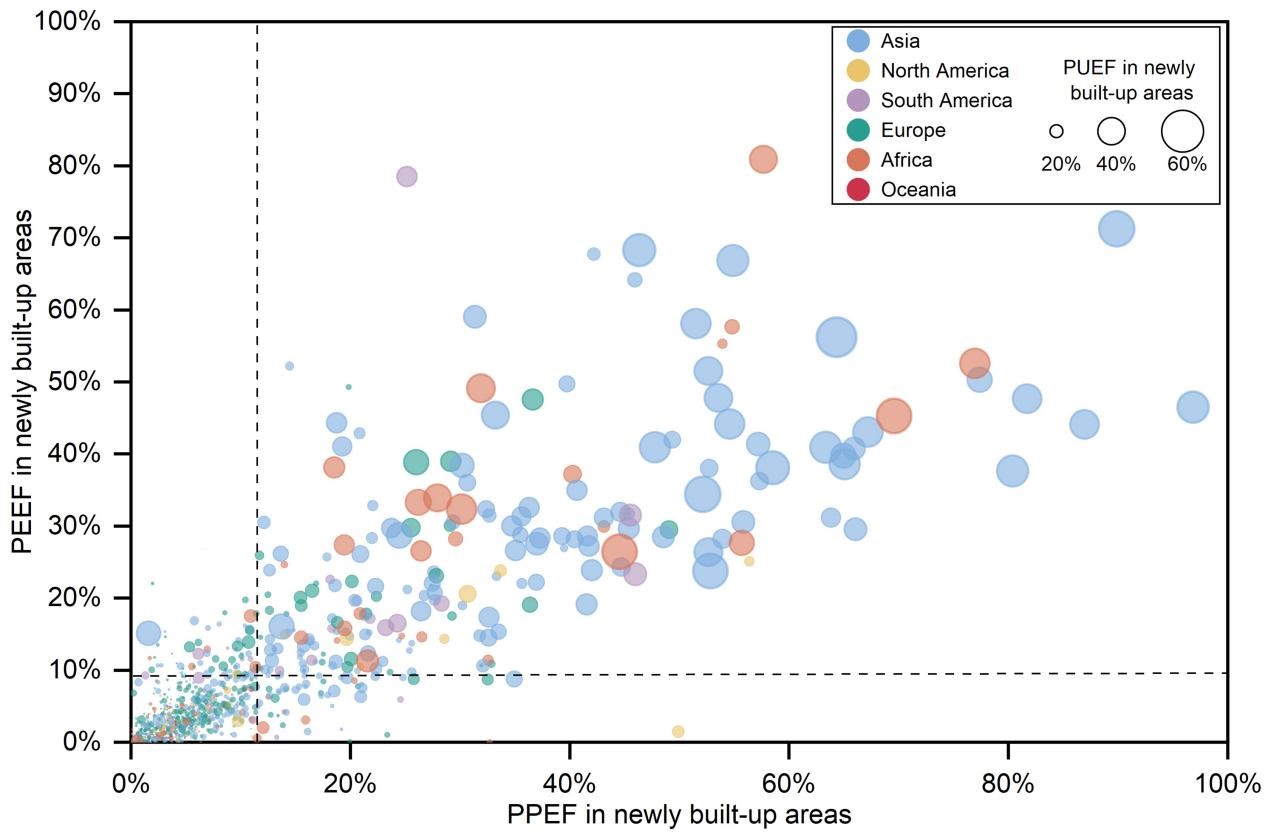Global South Faces "Disproportionately High" Urban Flood Risk, Study Warns
A major new study has revealed a stark and growing inequality in urban flood exposure across the globe, with developing nations facing risks that are multiples higher than their wealthier counterparts. The research warns that this gap is set to widen, posing a severe threat to sustainable development and highlighting an urgent need for equitable climate adaptation strategies.
The comprehensive analysis, conducted by researchers at the Chinese Academy of Sciences and published in Communications Earth & Environment, systematically evaluated the impact of 1-in-100-year river flood events on cities worldwide. It found that between 2000 and 2020, global urban flood exposure—measured by the amount of built-up area, population, and economic activity at risk—increased substantially. While East Asia was the most severely affected region, Africa experienced the fastest growth in exposure.
Looking to the future, the study projects a continued and alarming rise in these risks, especially under high-risk development models. The findings underscore a dramatic divide between the Global North (typically referring to industrialized nations in North America and Europe) and the Global South (developing countries in Africa, Asia, and Latin America). By the end of the century, the study projects that the flood-exposed urban area, population, and economy in the Global South will be more than twice, nearly five times, and over twice as large as those in the Global North, respectively. The inequality was found to be even more pronounced within the developing regions themselves.
This research fills critical gaps left by previous studies, which often focused on a single dimension, such as population or urban land. By integrating three key metrics—built-up area, population, and economy—and analyzing the role of urban expansion, the study provides a more holistic and multi-dimensional assessment of the threat. It specifically examines how these disparities will evolve over time under different Shared Socioeconomic Pathways (SSPs), which are scenarios used by scientists to model various futures for global development.
The findings provide clear scientific evidence for policymakers, emphasizing that without targeted, region-specific strategies, the triple threat of climate change, rapid urbanization, and socioeconomic inequality will leave the world's most vulnerable populations at even greater risk. The authors argue the results should inform more just and effective flood management, climate adaptation, and urban planning worldwide.

Figure 1. Newly urbanized areas exposed to river flooding (2000–2020) (Image by ZHANG Qian)



